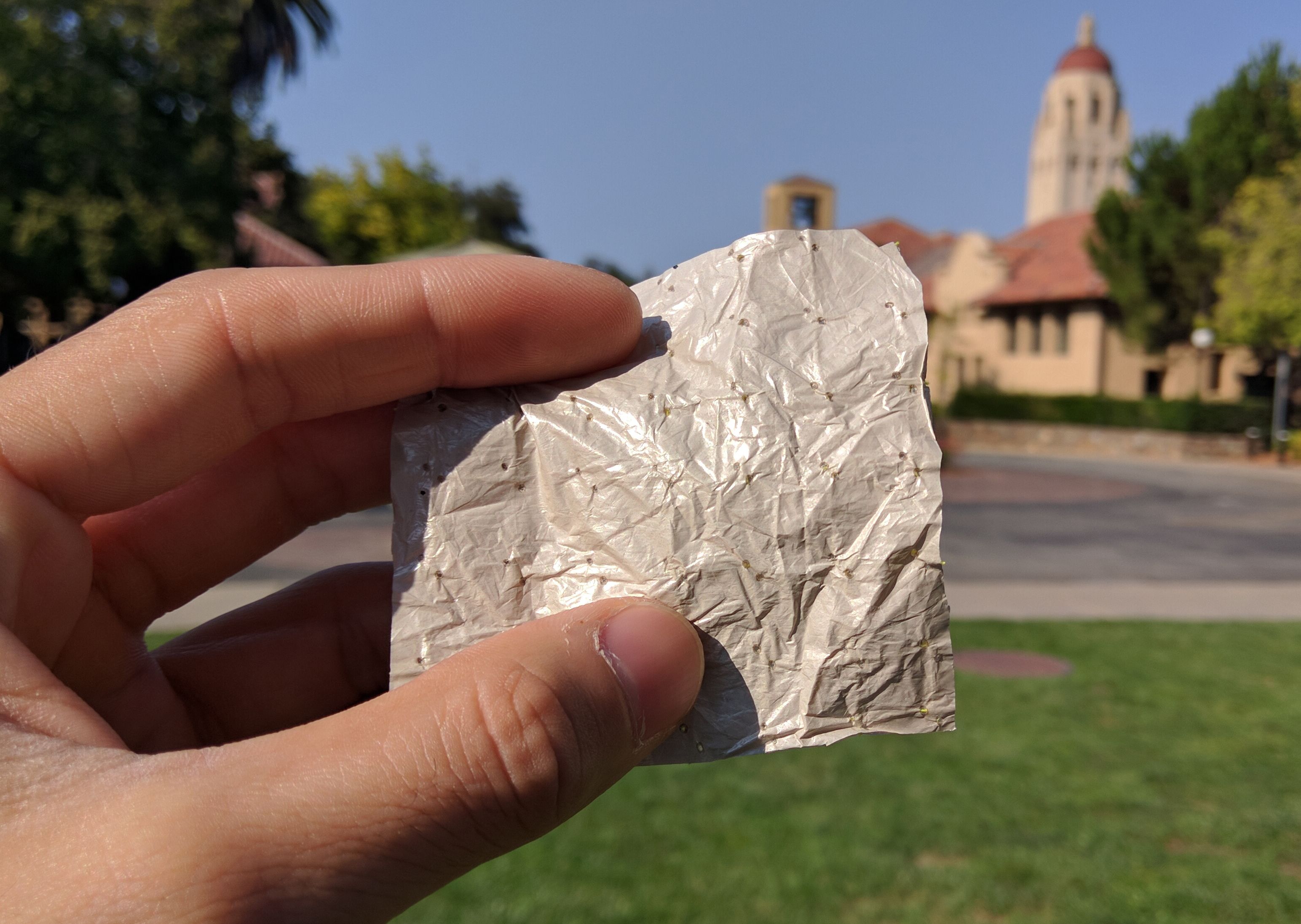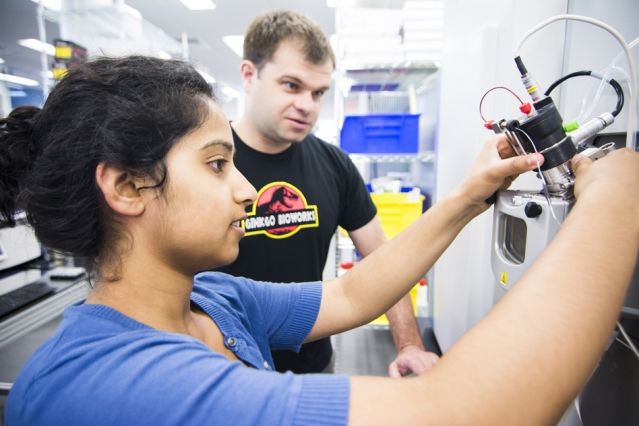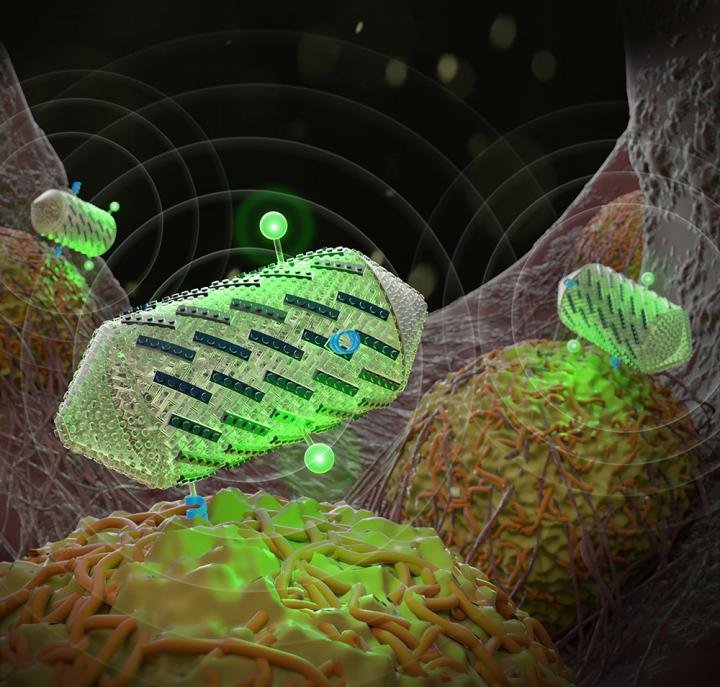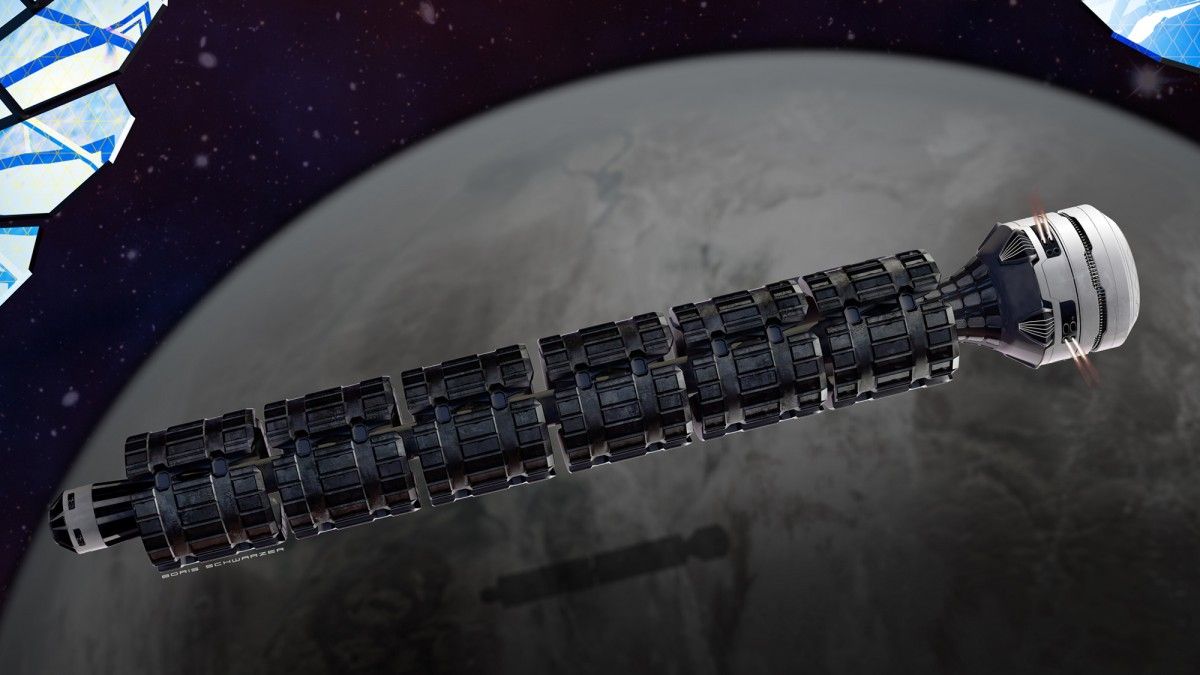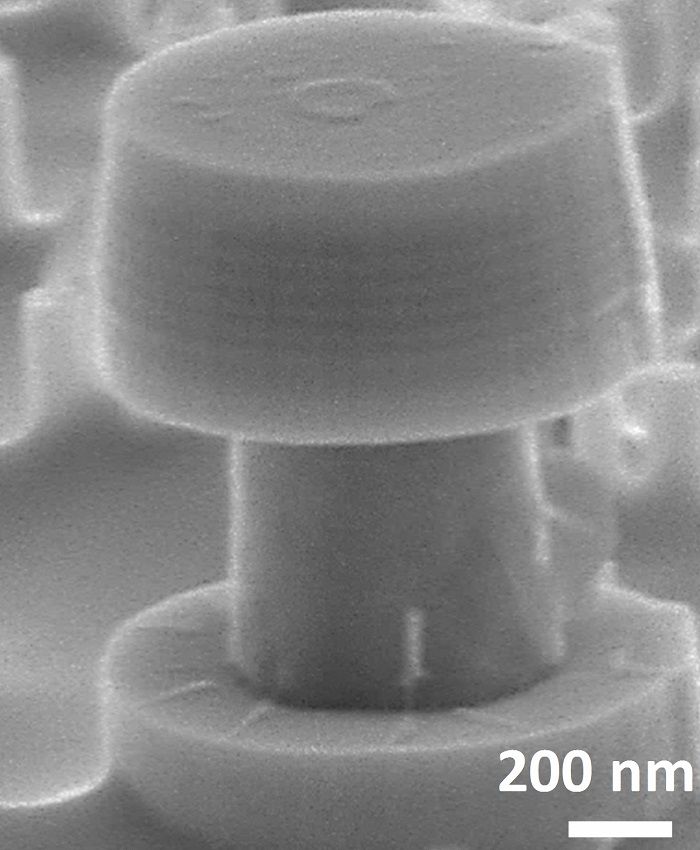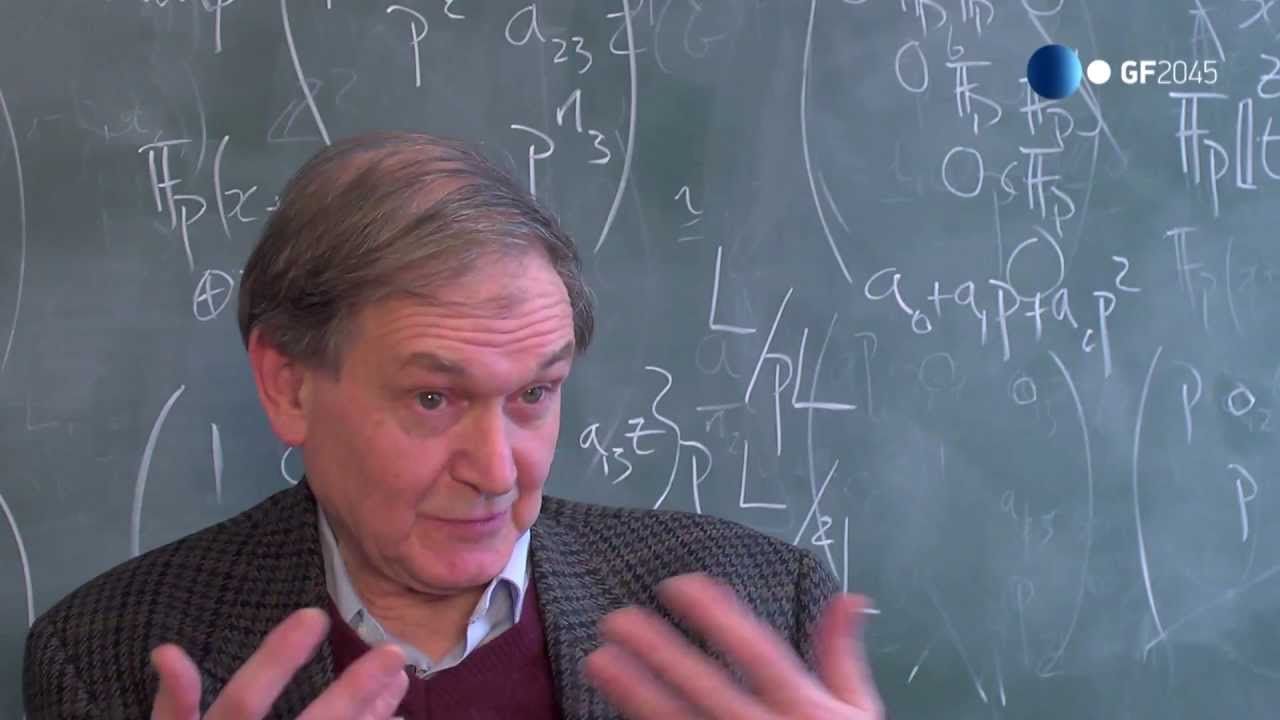Sep 1, 2016
Vint Cerf’s Outlook for the Internet He Helped Create
Posted by Karen Hurst in categories: cybercrime/malcode, engineering, internet
Internet pioneer Vint Cerf sees a secure future for the network of networks he helped create four decades ago as the co-developer of TCP/IP, the protocol that facilitates internet communications.
“We’re much more conscious of the need to make the system more secure than it has been,” Cerf, Google’s chief internet evangelist, says in an interview with Information Security Media Group. “And there’s a lot going on in the Internet Engineering Task Force [an international community of network designers, operators, vendors and researchers] to achieve that objective. And I anticipate in the course of the next decade or so that we will actually see a lot more mechanisms in place in order to enhance security and privacy and safety.”
But if internet security isn’t improved, Cerf says, “people will decide it’s not an environment they find worthy of trust, in which case they’ll look for something else. Maybe, something will replace the internet that’s more secure than it is today.”
Continue reading “Vint Cerf’s Outlook for the Internet He Helped Create” »

